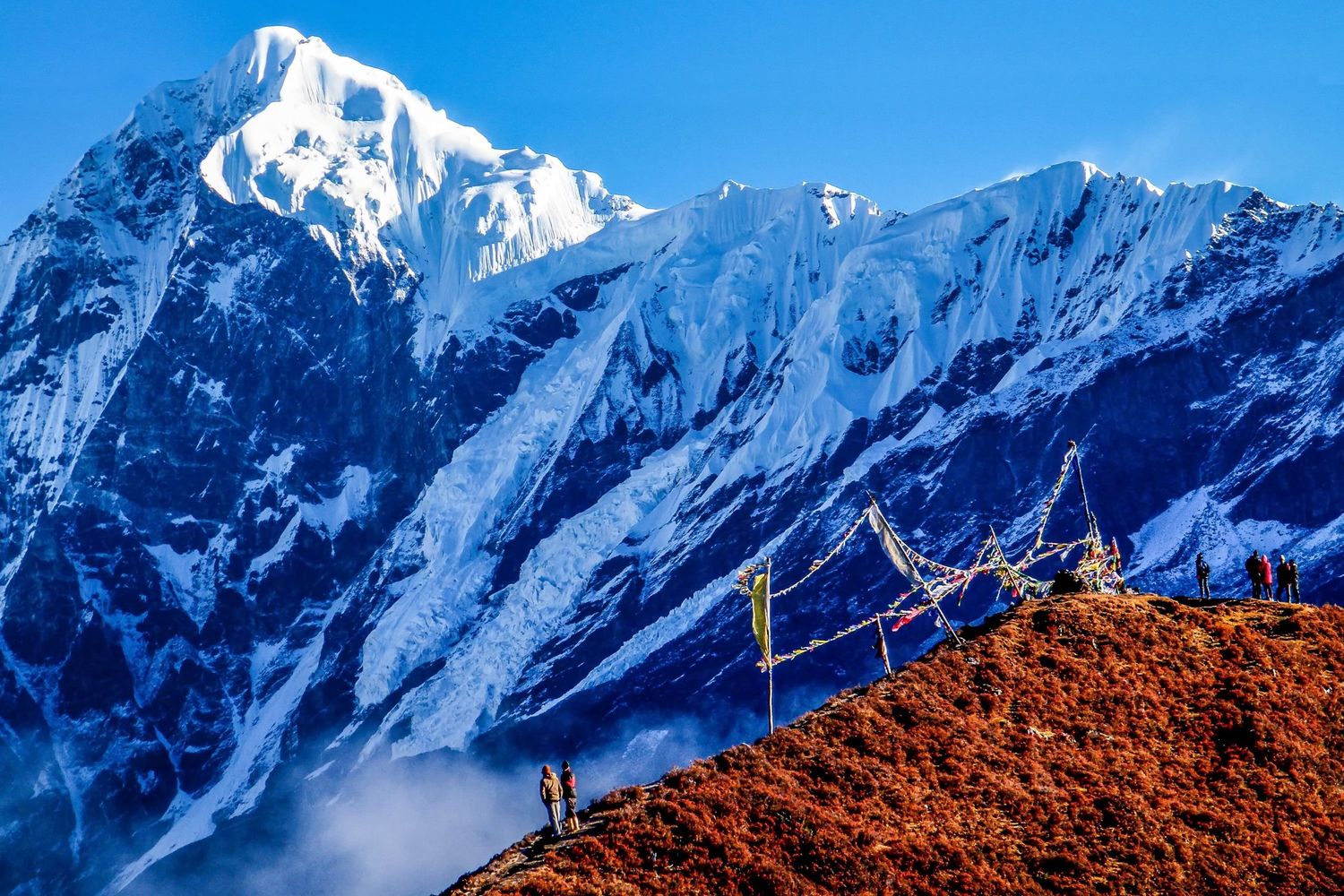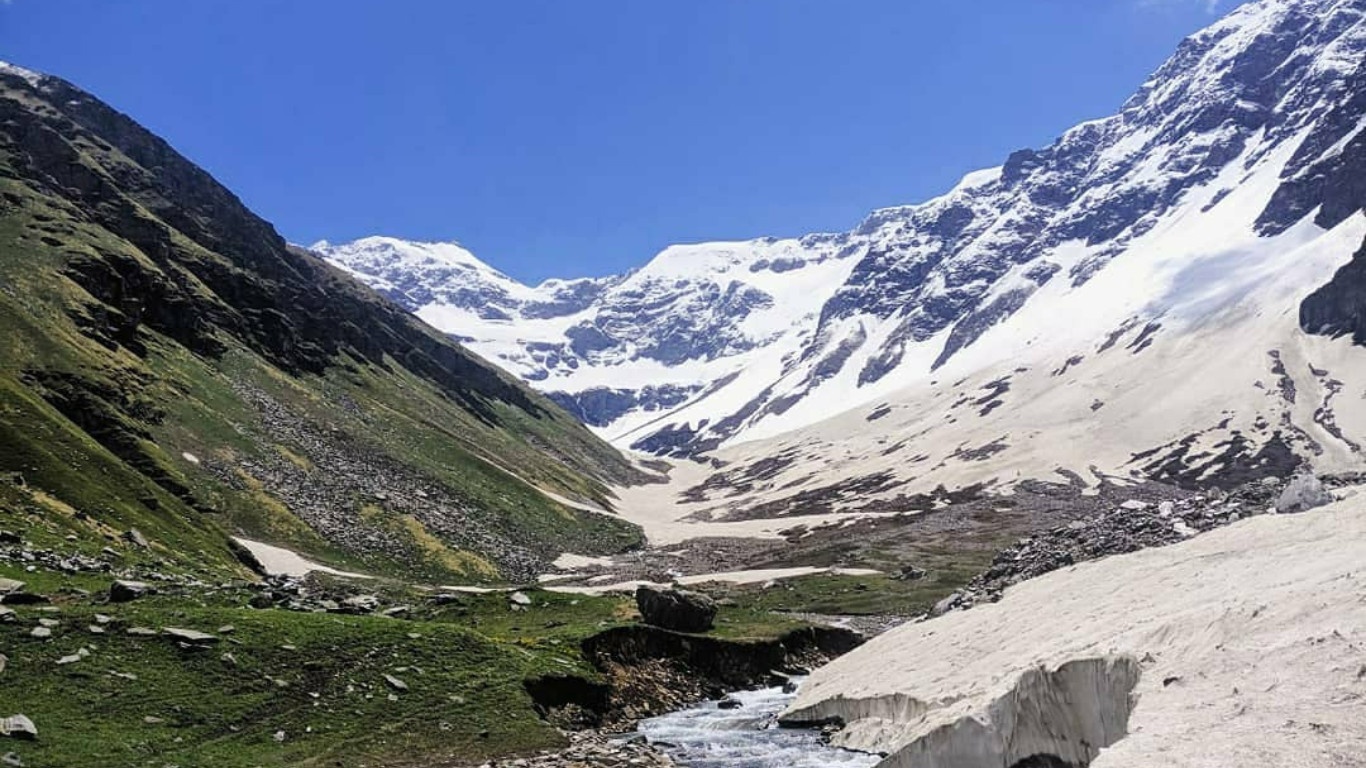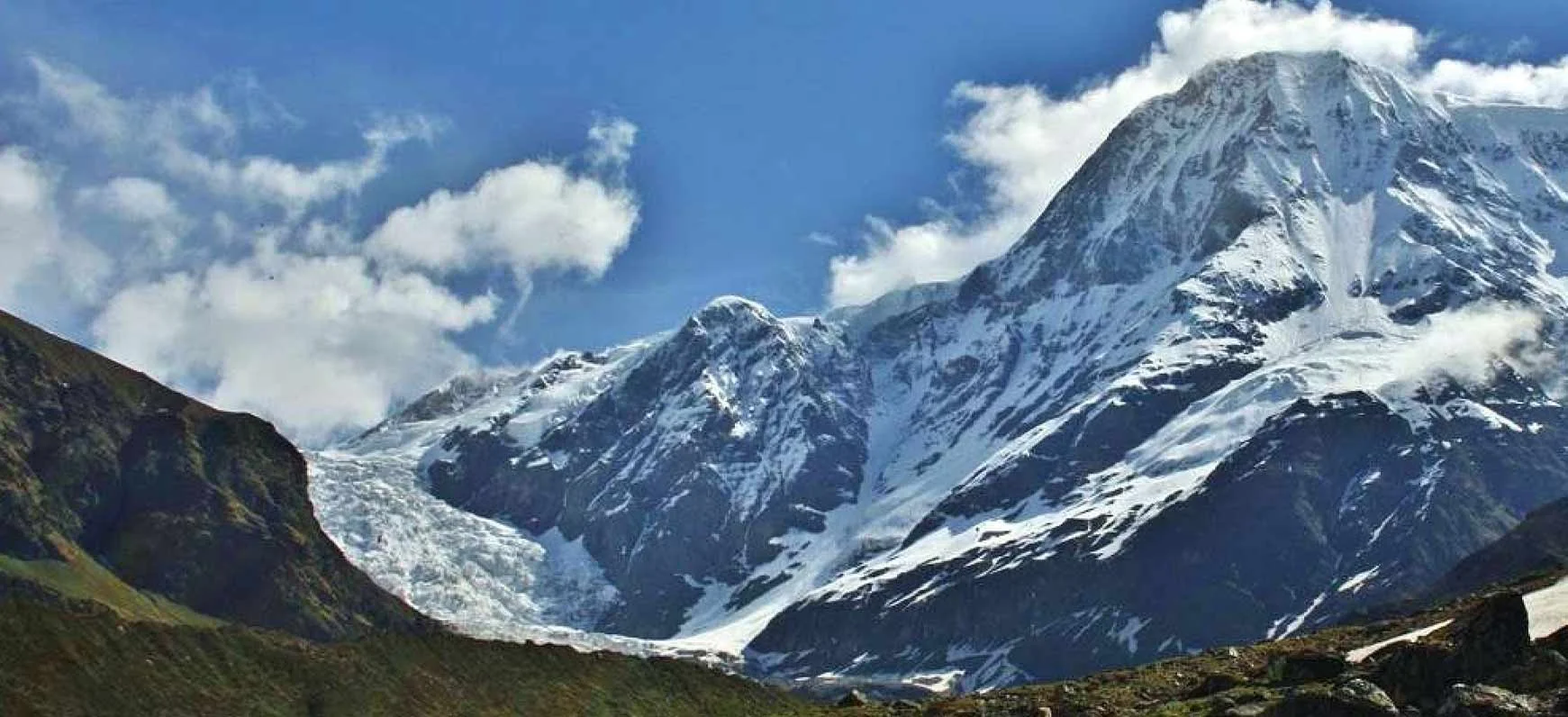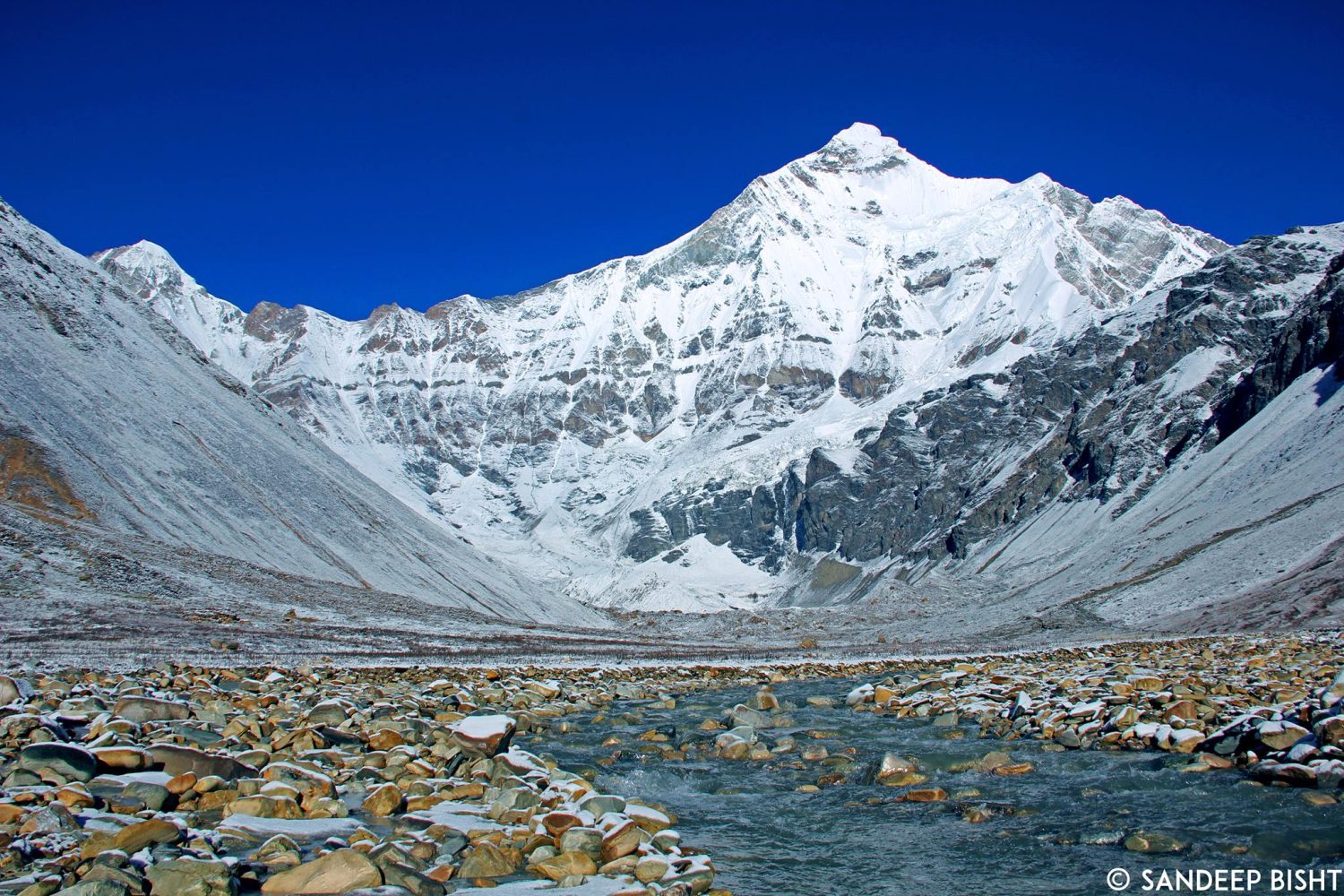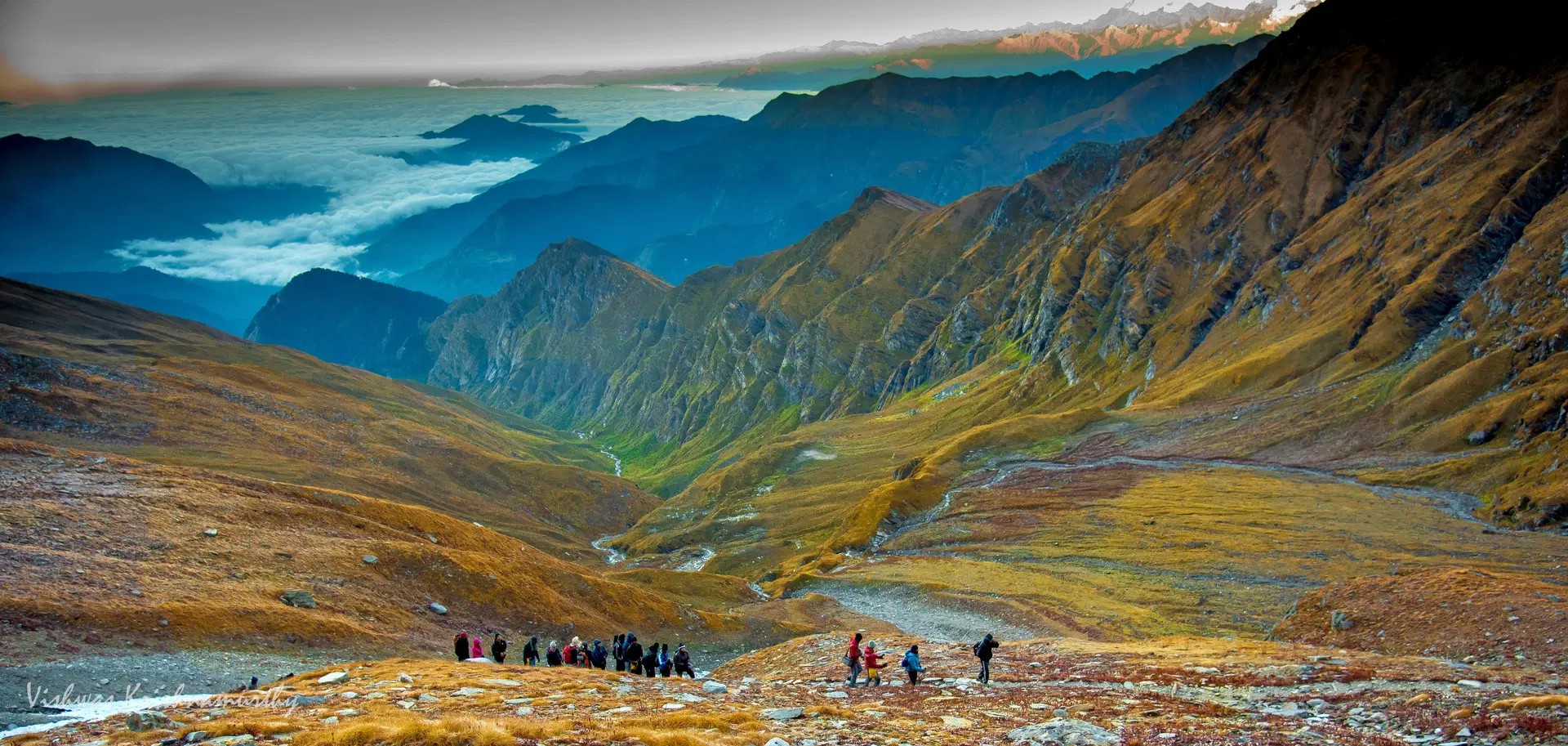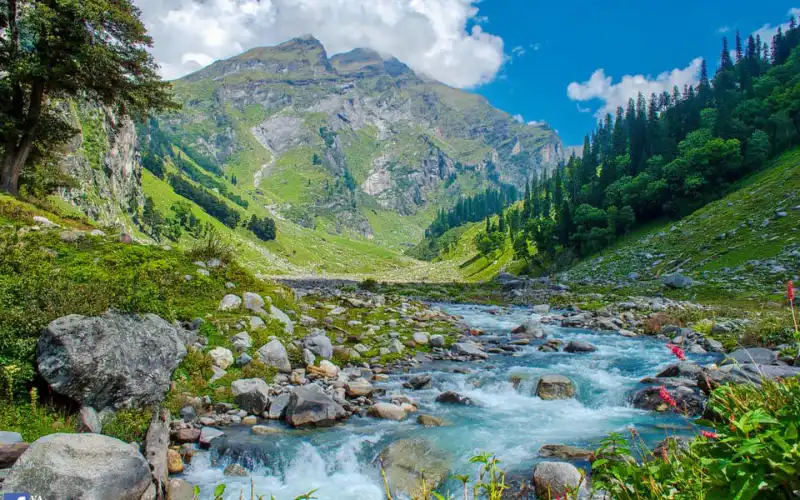Dzongri Trek: Gateway to Kanchenjunga Views
The Dzongri Trek is one of the most popular and scenic Himalayan treks in Sikkim, offering breathtaking views of Kanchenjunga (the world’s third-highest peak) and its surrounding ranges. At 13,188 ft, the trek is a shorter alternative to the Goecha La trek, making it ideal for those who want a Himalayan adventure in under a week. The trail passes through rhododendron forests, alpine meadows, high-altitude campsites, and ends at Dzongri Top, a viewpoint that reveals an awe-inspiring panorama of Himalayan peaks.
Why Dzongri Trek is Famous
Known as the “heart of Sikkim treks,” Dzongri offers unmatched views of Mt. Kanchenjunga, Kabru, Pandim, and Narsing peaks. Its accessibility and high rewards make it one of the most loved short treks in Northeast India.
The Trail Experience
The trek begins from Yuksom, the old capital of Sikkim, and gradually ascends through thick rhododendron and oak forests before reaching the high-altitude meadows of Dzongri. Each day presents new landscapes—from misty valleys to snow-covered ridges.
Highlights of the Trek
- Magnificent views of Mt. Kanchenjunga and surrounding ranges
- Rhododendron blooms in spring
- High-altitude camping at Tshoka and Dzongri
- Cultural touch with Sikkimese villages at the start of the trek













